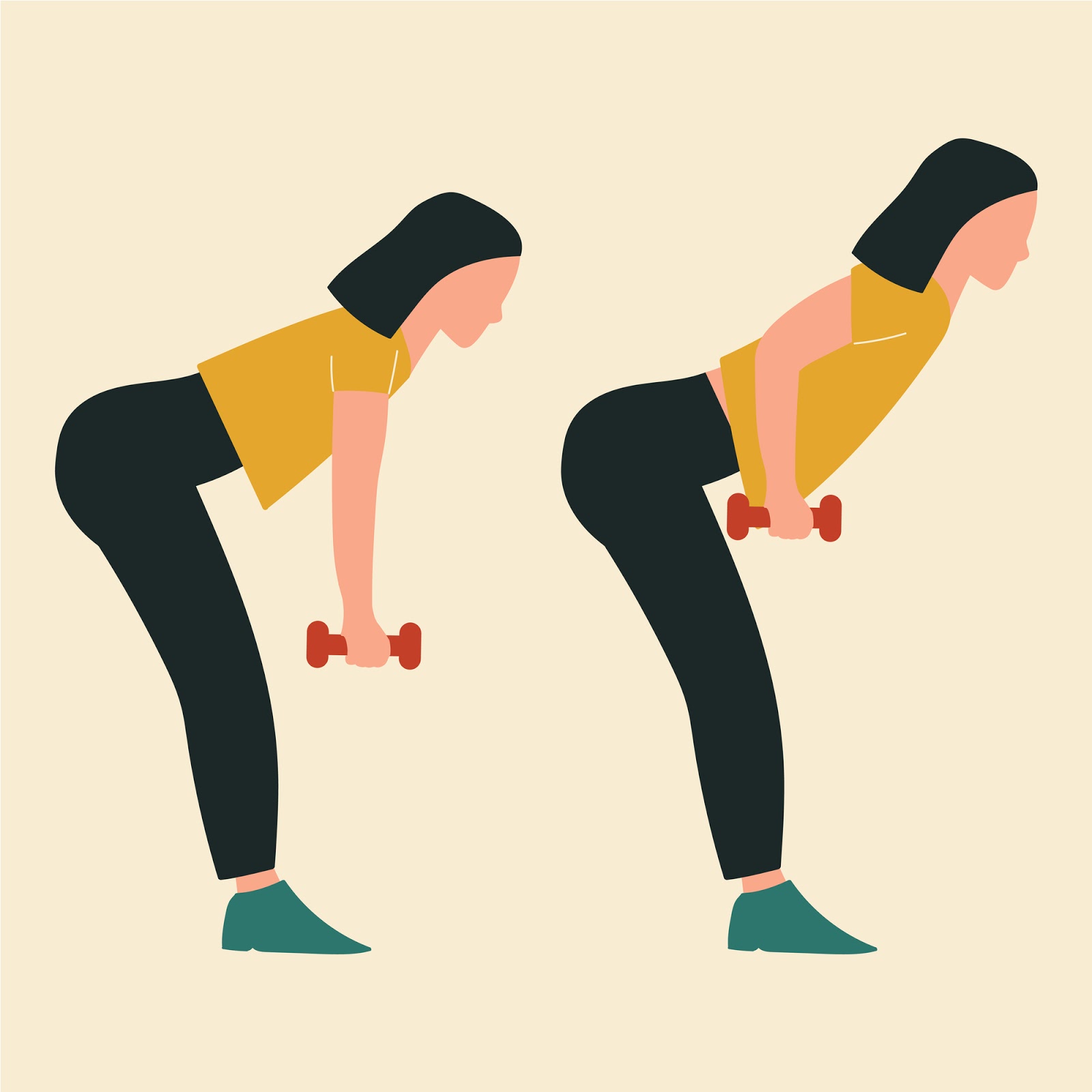What Are The Symptoms of Tight Pectoral Muscles?
Our bodies have two chest muscles: Pectoralis Major and Pectoralis Minor. These sit in the front of the chest attached from the front of the shoulder into the ribs and sternum. Due to their location at the chest, these muscles have a tendency to get short and tight with office posture and screen time – I can notice it happening even as I type this!
Unfortunately, it can contribute to poor posture, upper back pain, shoulder problems and headaches. Below are the main symptoms of tight pectoral muscles and exercises that can help.
The Culprits – Poor Posture & Upper Cross Syndrome
Poor posture is a very common symptom in a modern lifestyle surrounded by devices and can lead to conditions such as rounding of the shoulders and anterior head tilt. This type of posture is known as Upper Cross Syndrome and can lead to tightness, headaches, upper back pain and fatigue.
There are several ways to try and avoid this type of posture such as ensuring your screens are at eye-level – computer, cell phone and television – and regularly stretching your pectoral muscles so they don’t become too dominant and pull you into an anteriorly tilted posture. Shoulder and chest stretches during long periods at your computer will also help your body feel happier!
Exercise Your Upper Back
Another symptom of tight pectoral muscles is experiencing pain in the upper back. As the pecs become dominant, they can pull you into an Upper Cross posture which causes pain and tightness between the shoulder blades – it’s a symptom we often see in patients at Dynamic Chiropractic. If you suffer from upper back pain, there are two treatments which may help.
The first is to stretch your pectoral muscles daily. I also recommend strengthening the muscles between your shoulder blades as they help to provide support to your spine and stop the pecs becoming dominant. Exercises that can help are bent over rows (as pictured) and seated rows, face pulls and band pull-aparts. These muscle exercises will strengthen the upper back and help to prevent bad posture.
Shaking Out Pins & Needles In the Hands
Tight chest muscles can lead to a condition called Thoracic Outlet Syndrome (TOS). TOS occurs when the pecs are tight and cause an impingement of the blood vessels and nerves of the Brachial Plexus as they exit the neck and shoulder.
This impingement can lead to a lack of blood flow down the arm, causing irritation of the Brachial Plexus nerves and creating numbness or pins and needles in the forearm and hand. You may notice this occurring at night with certain sleeping positions that shorten the pecs, causing you to wake up with a numb hand. This is quite a common condition in powerlifters who bench press regularly and have extremely tight pecs.
If your Pectoral tightness has got to the point where it is causing numbness in your hands, it would be advisable to see an allied health professional as your chest will need to be thoroughly trigger pointed and stretched to release them properly. You also want to check that the numbness is caused by TOS and not other conditions.
Relax and Treat Yourself!
Rest assured, this condition can be treated and will have a huge impact on daily life. Tight chest muscles are extremely common due to our modern lifestyles involving increasing amounts of time at a computer desk and general screen time. I recommend making pectoral stretching part of your day to day routine to counteract the effects of these posture challenges.
If you need further assistance with posture issues, Pectoral muscle tightness or suggestions on adequately stretching and managing pec tightness, Dynamic Chiropractic is here to help.










